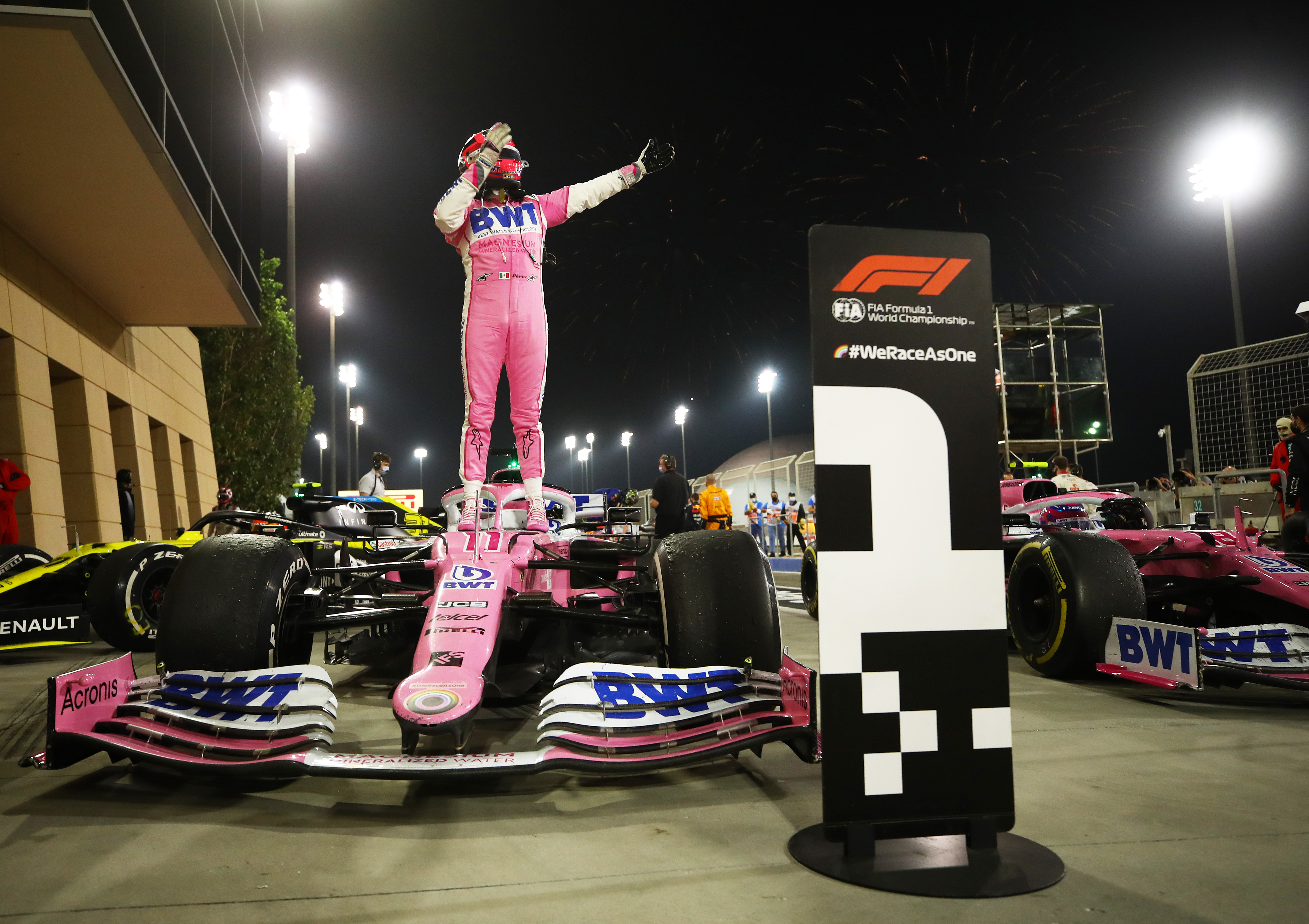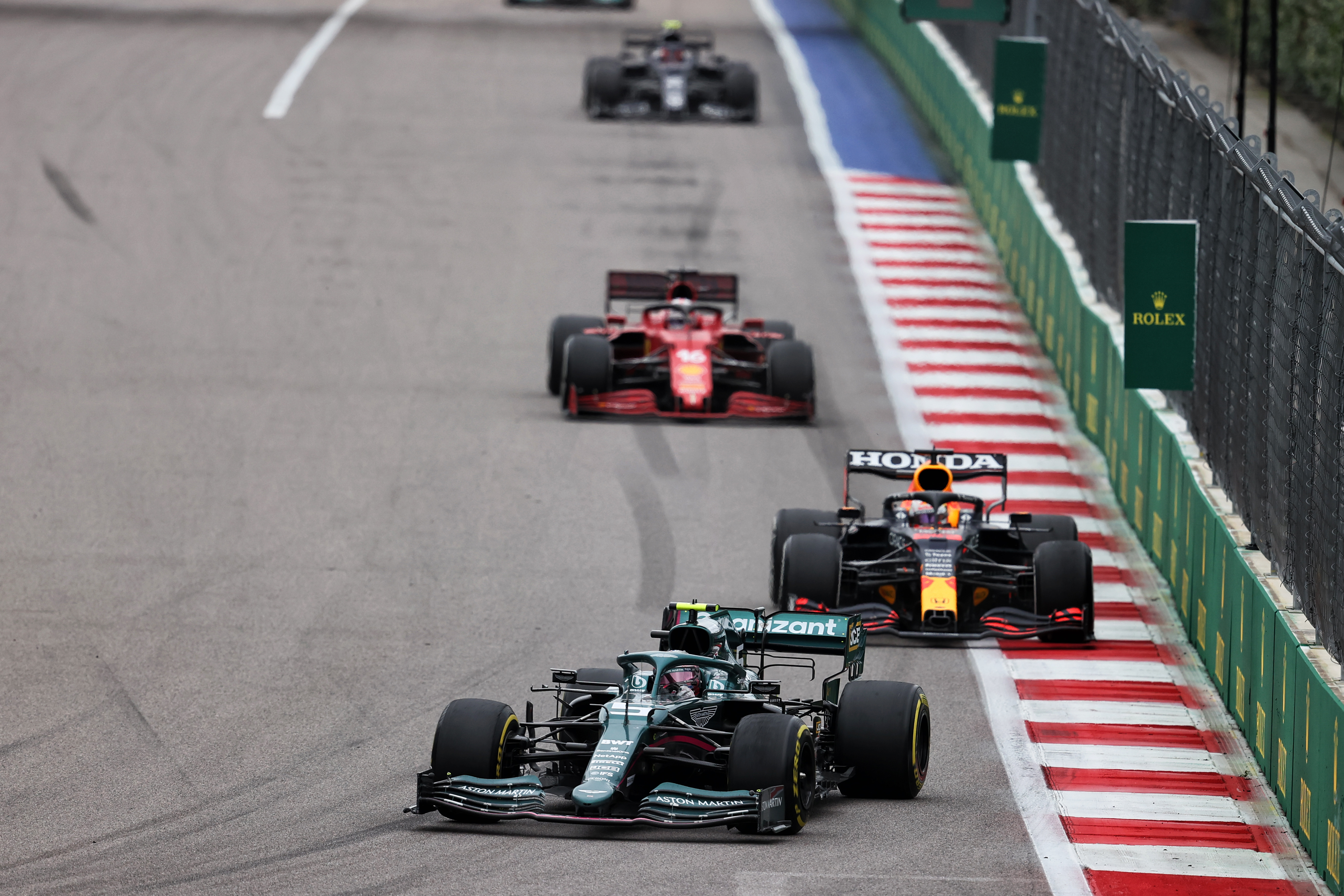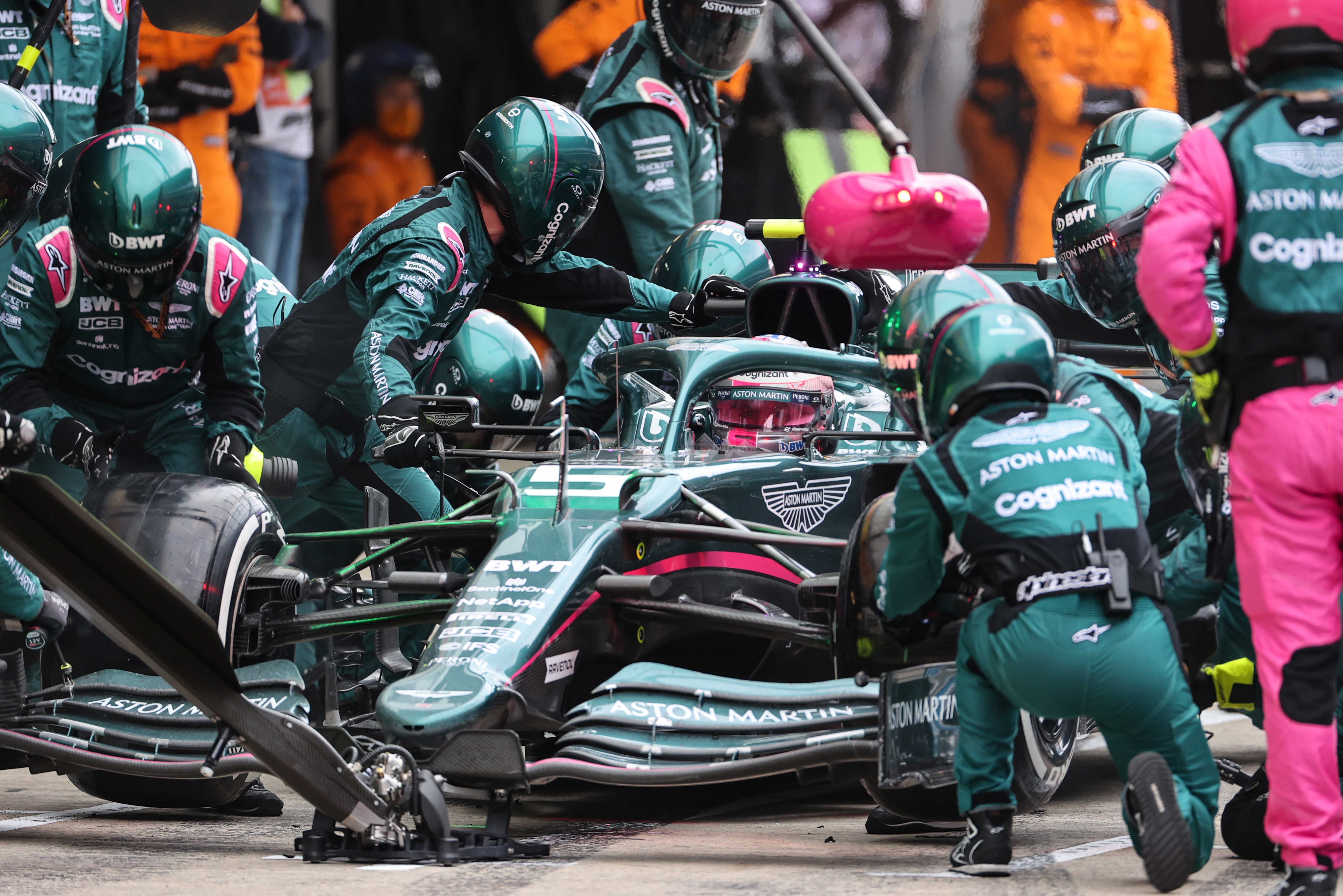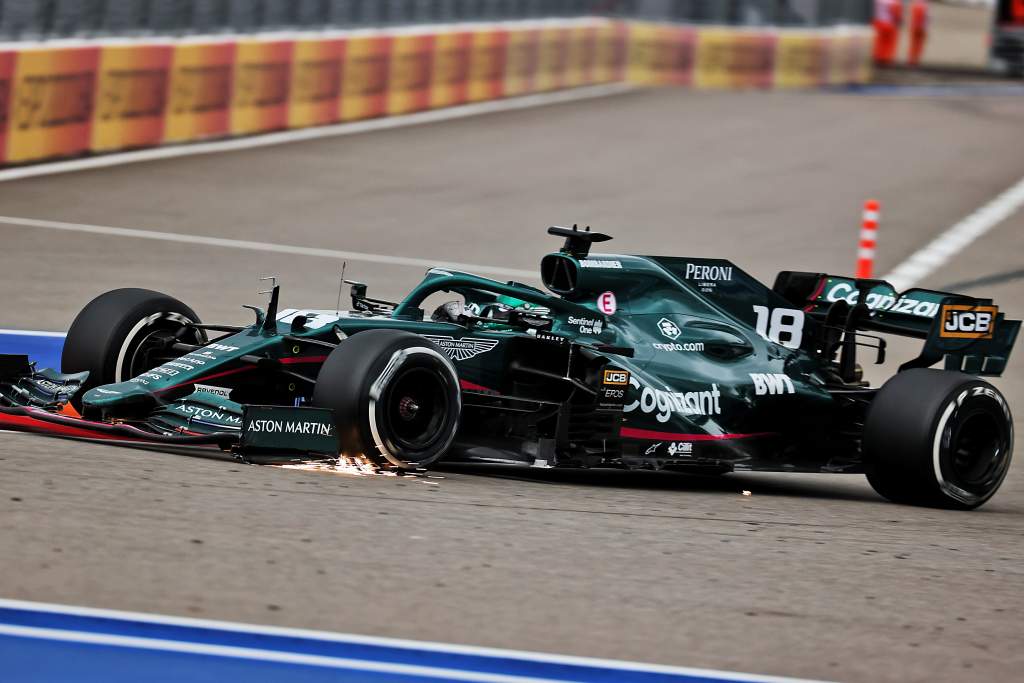Up Next

Aston Martin expects the 2021 floor rule changes that harmed its form this year will have an impact on its 2022 car as well.
Last year, as Racing Point, the team won the Sakhir Grand Prix, had the second or third-fastest car in F1 at several races, and finished fourth in the championship.
F1 homologated the 2020 cars and rolled them over to 2021, to delay all-new technical rules and cut costs amid the COVID-19 pandemic.

But in the first year of the Aston Martin rebrand the team has slumped and the AMR21 has failed to replicate the RP20’s performance, because despite the architectural freeze there were aerodynamic rule tweaks that stripped performance away at the rear of the car.
That hit the low-rake Mercedes and Aston Martin designs hardest, with Aston Martin viewed as collateral damage as the changes were an effort to slow down the dominant W11 from 2020.
Earlier this year, once the extent of its performance loss was clear, Aston Martin challenged the rulemaking process that led to those changes but eventually backed down.
However, Aston Martin F1 team boss Otmar Szafnauer has told The Race that the consequences will be felt next year because the team has had to spend some of its limited aerodynamic testing resources on trying to improve its 2021 car, which required unplanned development work.
Asked by The Race if it was difficult to stop focusing on the impact the changes had on the 2021 car to avoid compromising the 2022 development process, Szafnauer said: “It was more difficult because the backward step we took because of the FIA’s aero changes.
“Therefore, we spent longer on trying to develop this year’s car to get it to a decent place than we otherwise would have.
“So, not only did it have an impact on this year’s car, but it will also have an impact on next year’s.”
Szafnauer made it clear that the team still feels hard done by after the “unilateral decisions” made by the governing body.
The nature of the floor changes this year hurt the lower-rake cars – which Aston Martin was affected by because the core car design is a replica of the low-rake 2019 Mercedes – and the architectural freezes severely limited what those teams could do to try to address the impact.
Instead of working around baked-in weaknesses, though, next year’s car is an all-new concept.
So while Aston Martin has had to divert some of its resources to 2021, Szafnauer believes the team is still on an “even playing field”.

“Everyone’s got the same rule, see how well you can develop,” he said.
“And the rules are significantly different than what we have today, a huge departure, which means all the balls are up in the air.
“But at least everybody has got the same chance.”
The first F1 car built in the team’s Aston Martin era will not benefit from all of the resources being made available by team owner Lawrence Stroll.
A new factory is being built and that will not be usable for another couple of years.
However, Szafnauer says the team’s expansion will still yield a short-term benefit via a temporary facility that has been built.
“There’s two things we need to do,” he said.
“One, build the infrastructure that’s required to fight for a World Championship to make sure we have the tools that everybody else does.
“And two, the people. The people we’re getting on with hiring before the factory’s built.
“So we’ve now added a semi-permanent structure on site that will house 150 people and right now it’s empty. And we plan to fill that in the next year so we can go from 550 to 700 plus because now we can house them.
“All that’s happening while we’re digging the foundations for the factory.”
Incoming technical director Dan Fallows is not likely to be part of that short-term expansion, though.
Red Bull is playing hardball over Fallows’ contract period which means he is likely to serve the duration of his current deal, delaying his move to Aston Martin by a matter of years.
“There’s a final date when he’s out of this contract,” said Szafnauer. “But we hope to bring that forward. That we don’t know yet.”

On the impact that has on Aston Martin’s plans, Szafnauer added: “Formula 1 teams have 900 people in them now. One guy can’t do it.
“Do some people have a bigger impact on performance than others? Yes.
“However, we all have an impact, including drivers, race engineers, strategists, aerodynamicists, vehicle dynamicists, all sorts of people.
“You need to get at every level the best you can and work together. And that’s what brings you world championships.”





